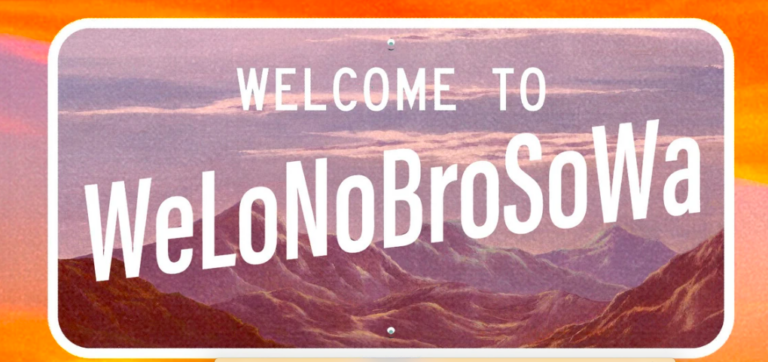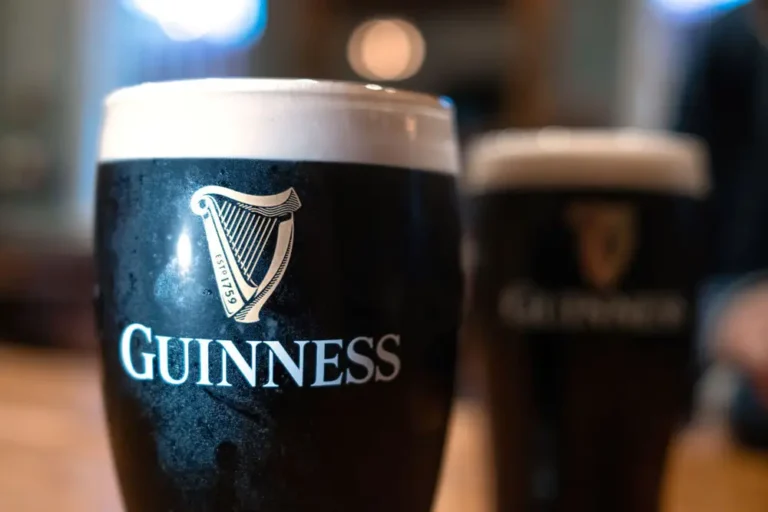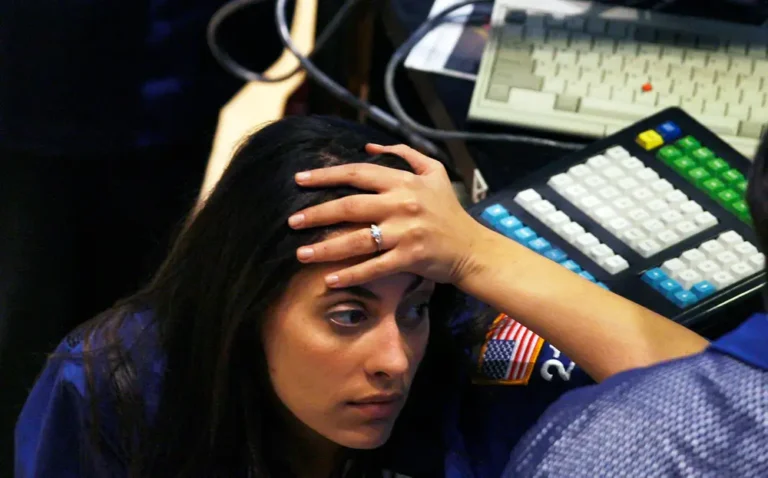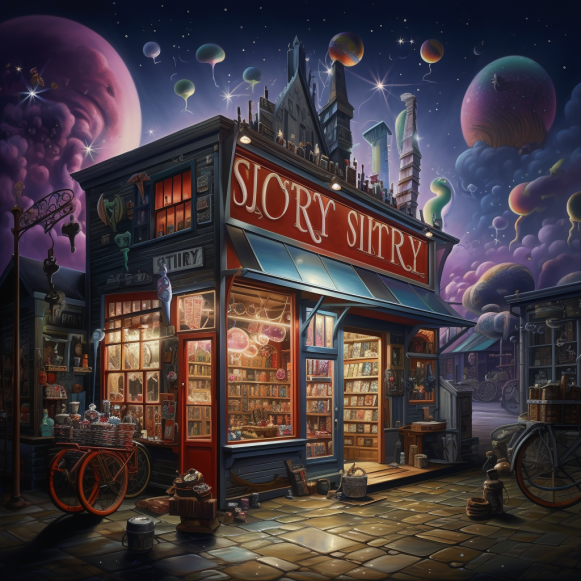I worked as a content strategist for one of the biggest YouTubers in the world. It was the job of my dreams, but it took a toll on my mental health.

- Bryan Grimaldi worked as a content strategist for the YouTube company TBNR.
- He got the job while he was in college and worked there full-time for nearly two years.
- He shared what his responsibilities included, and how YouTubers think about creative strategy.
This essay is based on an interview with Bryan Grimaldi, a 22-year-old Los Angeles YouTube content strategist. The following has been condensed and edited for length and clarity.
After high school, I went to college to study film and media with the hopes of one day working in Hollywood. I wanted to learn how to film, how to use a camera, and how to do all the background work.
I grew up with YouTube at the same time. I didn’t watch TV after school, so that was what I watched. I had my own YouTube channel as well.
I realized I needed to get some work experience by my junior year of college. I was studying in Dallas when I saw an online job posting for a production assistant at TBNR, the Dallas-based media company owned by YouTube star Preston Arsement. I grew up watching Preston, so I thought it would be amazing to work there and learn how to turn my passion into a career.
I took a chance and applied, despite the fact that my résumé was only two bullet points about my high school and a short list of skills.
TBNR was looking for someone who would not only do the job but would give it their all. I knew I’d have to give up more of my personal time, but it would be worthwhile. I got the job after two interviews.
Working for a creator is a unique experience
My first day at TBNR was in October 2020, and the director of production instructed me to become acquainted with the camera equipment in case they ever needed me to film. I thought it was a fantastic opportunity because I’d heard that many production assistants in Hollywood don’t get to do that. They’re rarely on set, and when they are, it’s usually to do the tasks that no one else wants to do, such as bringing coffee to the higher-ups.
I was essentially a prop master at first. Before we started filming, I made sure everything needed for a video was on set. One of my first tasks was to go get frozen pizzas for a thumbnail. Another time, I spent nearly $1,000 on trees, lights, and decorations while filming a Christmas video.
After a few months, I wanted my role to be more about strategizing, thinking creatively, and coming up with video ideas, rather than running around. Madison Hoinka, the lead creative at TBNR, mentored me and helped me carve out a role for myself that focused on finding and pitching video ideas.
My first pitch was a video titled “I Mined The World’s Largest Diamond Ore.” That video has 14 million views today, and it is what helped me land the job as a content strategist in 2021.
As a strategist, I pitched video ideas on a daily basis. Then I’d concentrate on scriptwriting, and whenever possible, I’d be on set, making sure we had everything we needed to shoot the content.
Content strategy relies on data and audience psychology
When YouTube is your job, you must understand the data on how content performs — what “average view duration” for a channel means, how to increase watch time, and how the data affects creators’ personal brands.
My work was also influenced by my experience running my own YouTube channel. To make successful videos, I knew we had to follow current pop-culture trends.
The process of writing scripts could be intimidating. The turnaround time for videos was usually a week, and we would frequently have to change schedules to keep up with new YouTube trends. We’d have to wonder, “Why are people obsessed with this trend?” “How can we make this work for our content?”
Storytelling was a critical component of our production process. I usually followed a three-act structure. I imagine the creators as characters. What obstacles would they have to overcome? What would the story’s climax be? The data was then combined with the storytelling. It was necessary to optimize the story for “audience retention.” I also kept in mind that my scripts had to reflect Preston’s brand and intellectual property.
Scripts were usually revised three times, and they were sometimes significantly changed or scrapped entirely. I knew it was part of the job because we wanted to create the best content possible, but starting over would be exhausting.
When I believed in a video idea that others didn’t see the value in, I tried to fight back. That’s what happened with the 35 million-view “BUSTING 100 Minecraft Myths in Real Life” video.
My salary was not very high at the time because I was a junior employee, but I valued experience above all else. It was never about the money, but about my desire to work in the creator space.
I was still in college full-time when I started at TBNR, so every day I would finish work, often late in the evening, go home, read my textbooks, and do my assignments. I eventually dropped out in spring 2021, but after a couple years of slogging, I realized I needed to focus on my mental health.I also wanted a new challenge — I wanted to work at various creator-economy companies.
I said my goodbyes and left TBNR in May 2022.
Since then, I’ve held two full-time positions at other companies, where I worked with creators on strategy and channel management. These roles allow me to better manage my time, giving me more freedom outside of work and more time for personal development. Even after three years in the industry, I recognize that I am still young, and I intend to continue learning and working as a strategist.






